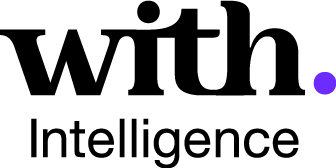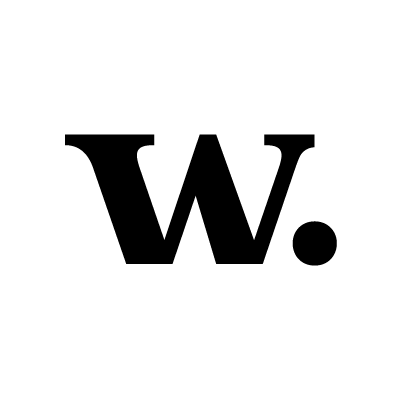Eurekahedge data, now on With Intelligence
Eurekahedge is now part of With Intelligence, bringing you deeper insights and enhanced data on the alternative asset management industry.
With everything now under one roof, you get seamless access to the world’s leading hedge fund data, research, and analytics. No more jumping between sources — access the intelligence you need to stay ahead, all in one powerful platform.
How to access our platform
If you previously accessed hedge fund data and analytics through the Eurekahedge platform, you can now find all the same content, plus expanded insights, on the With Intelligence platform.
How to find hedge fund indices
Eurekahedge’s trusted hedge fund indices can be found on our platform alongside our suite of indices, giving you easy access to all your performance benchmarks and industry trends in one place.
Please note that legacy Eurekahedge Indices will be sunsetting in 2025 as we transition to our expanded index offerings.
How to request a demo
Discover how our hedge fund indices and data solutions can help you stay ahead.
Connect with our team to explore our offerings in more detail and request a demo today.

